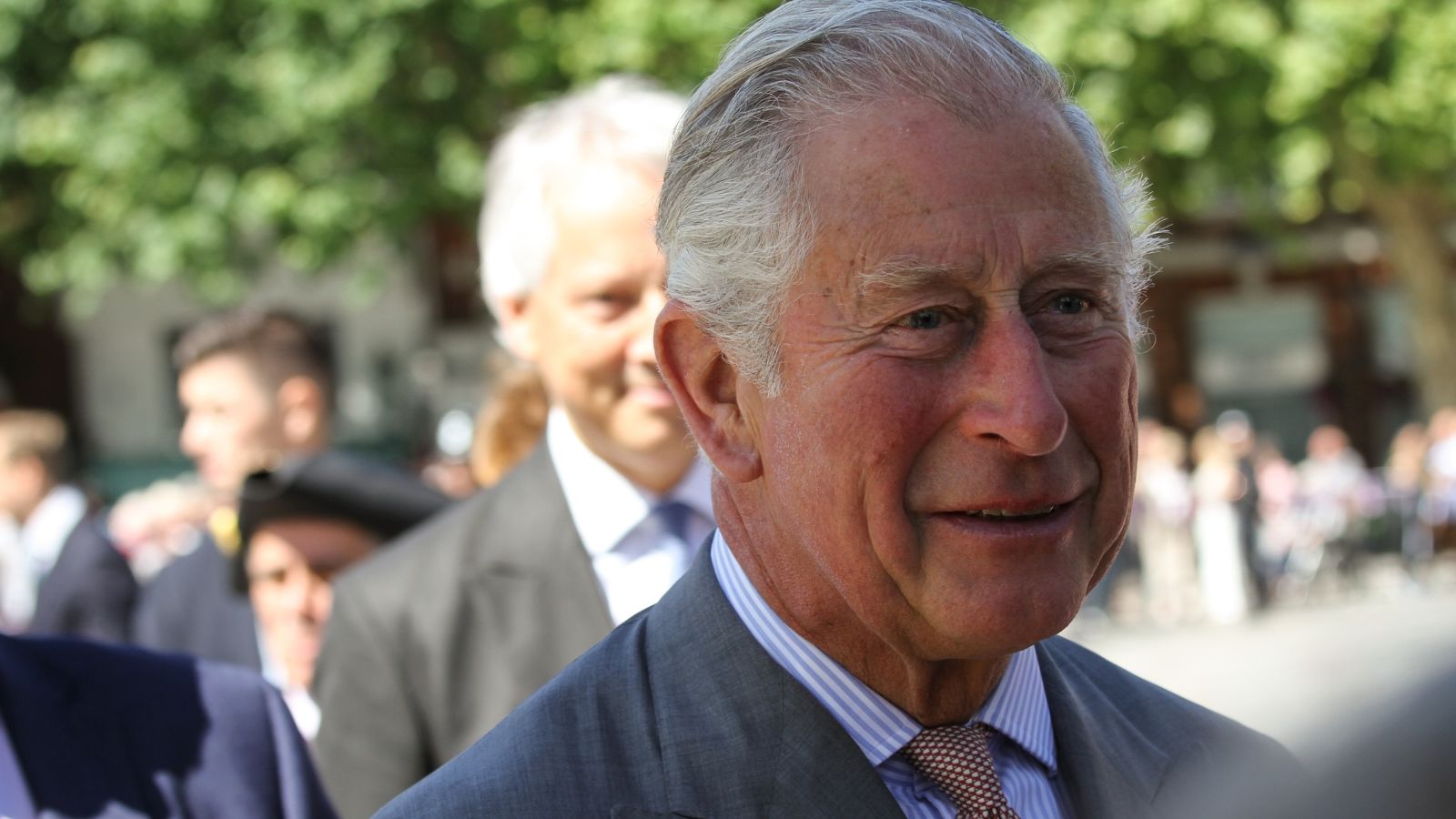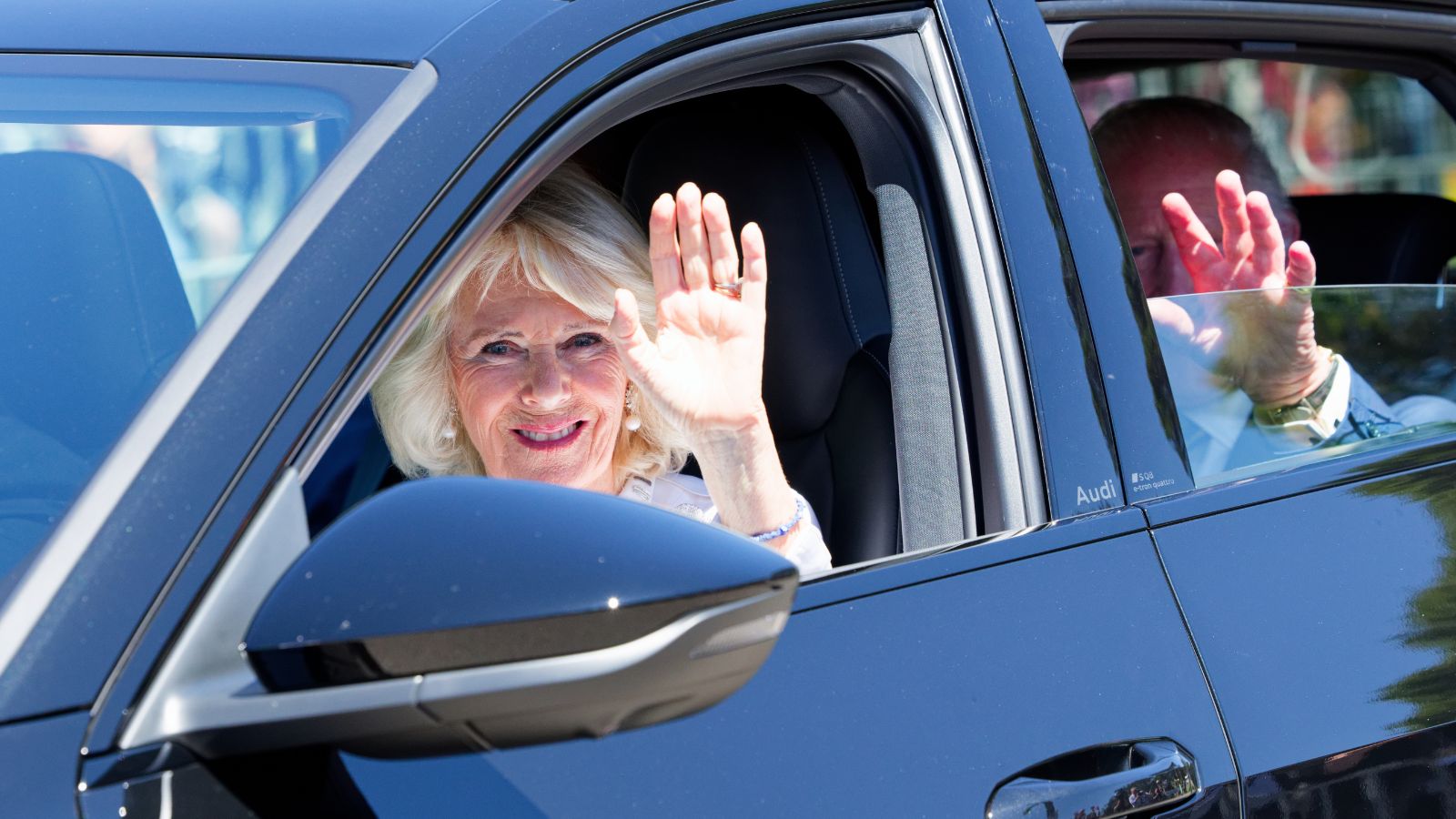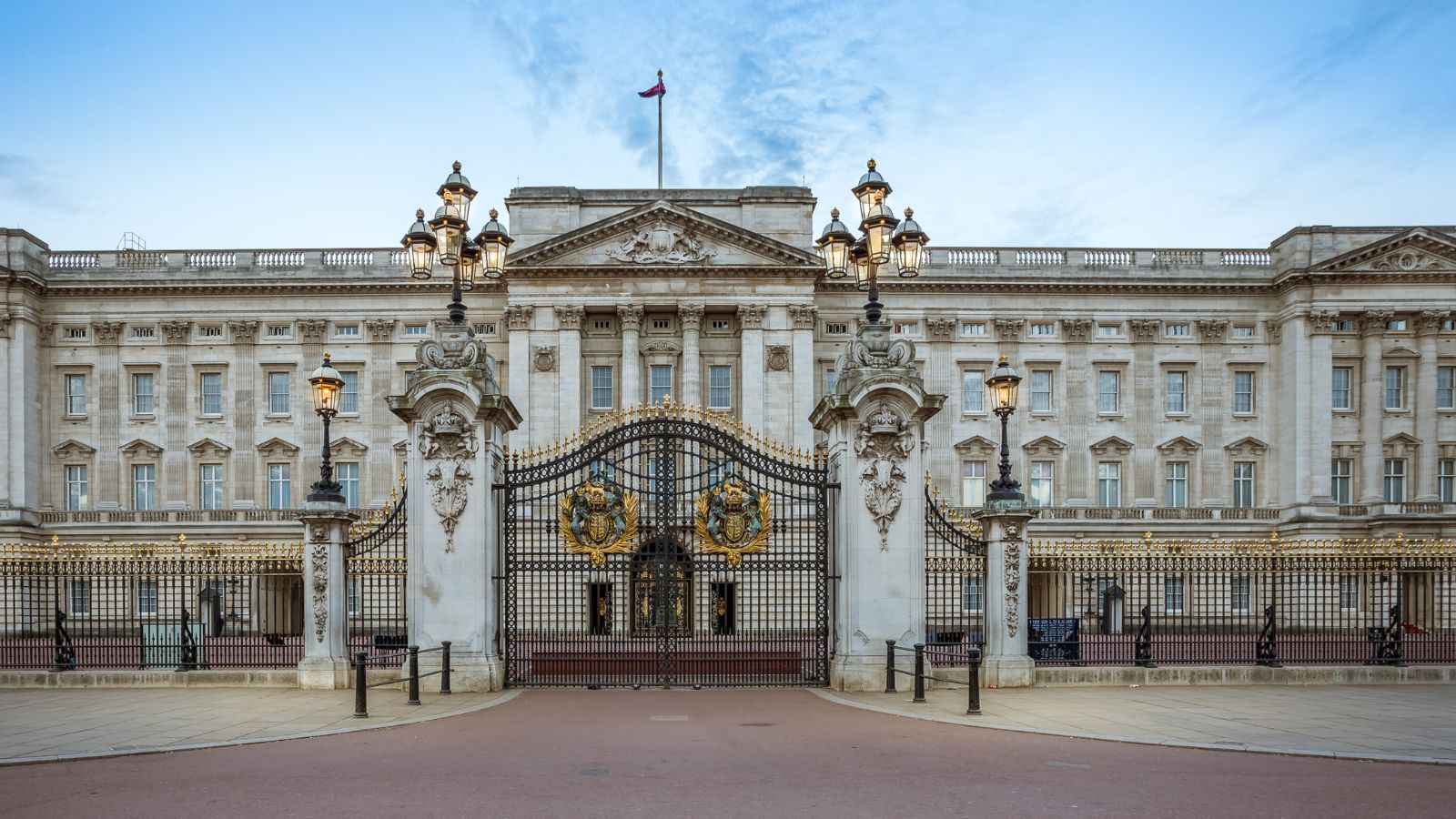The passing of Queen Elizabeth II in 2022 marked the end of a historic reign that spanned over seven decades, and her death was not only a deeply emotional moment for the nation but also a catalyst for a range of changes across the United Kingdom. Let’s take a look at life in this country following the monarch’s death.
A New Face on the Throne

With King Charles III now on the throne, the UK is adjusting to a monarch who has been in the public eye for decades but has stepped into an entirely new role. For many, the idea of a king rather than a queen feels unusual, especially given Queen Elizabeth’s long-standing presence as a constant in British life.
The Royals Have Been Rebranded

The passing of Queen Elizabeth II set into motion the gradual rebranding of everything associated with the monarchy, and the queen’s initials, ER, have been visible on everything, including postboxes and uniforms. Now, these are being replaced with the cypher of King Charles III.
An Update to the National Anthem

For decades, the country has sung “God Save the Queen” at national events and royal occasions, but with the change of monarch, the anthem has reverted to its original form, “God Save the King.”
For many people, especially younger generations who have never sung these words before, it’s a surprising adjustment and takes some getting used to for older folks.
Pound Coins and Banknotes Redesigned

One of the most visible changes is the introduction of new coins and banknotes that now feature the king. The queen’s portrait has been a familiar sight in pockets and purses for decades, and while the transition to the new design will take time, it represents a tangible shift for millions of Britons.
Stamps with a New Monarch

Postage stamps are a small but iconic symbol of British life, and the familiar image of Queen Elizabeth II has adorned them for generations; now, stamps bearing the likeness of King Charles III are being rolled out, marking yet another visual change in everyday life. This process reflects a balance between tradition and progression as the Royal Mail updates its designs while honouring the long-standing legacy of the queen.
Potential Shifts in Public Holidays

The royal calendar has always played a role in shaping public holidays and national celebrations, and King Charles III’s reign might influence this further. Events like coronation anniversaries or royal jubilees could possibly take on a different frequency, and there was a bank holiday for Queen Elizabeth II’s state funeral on September 19, 2022.
Altered Media Coverage

The spotlight of this nation’s media has understandably shifted to King Charles III and his vision for the monarchy’s future, and coverage often examines how his reign differs from his mother’s, exploring topics like his personal passions for environmental causes and his relationships with other members of the Royal Family. The media has also started giving more attention to younger royals.
Changed Role of the Commonwealth

As the new head of the Commonwealth, the king faces a different set of challenges compared to his mother. During Queen Elizabeth’s reign, the Commonwealth expanded, but in recent years, several member nations have begun reassessing their ties to the monarchy.
Royal Traditions Have Become More Modern

King Charles III has made it clear that he envisions a more streamlined monarchy, one that is modern and responsive to contemporary needs, and this vision has already influenced certain royal traditions, with some ceremonial events becoming smaller or less frequent.
The king’s approach reflects a growing understanding that the monarchy must adapt to stay relevant in the 21st century.
Different Style of Leadership

Unlike his mother, who maintained a deliberate air of mystery and neutrality, Charles is known for his outspoken views on issues like climate change and urban planning. His personal touch brings a new energy to the throne, but it also sparks debates about the role of the monarch in modern politics.
Could There Be a Shift in the Public’s Affection?

Queen Elizabeth II enjoyed extraordinary popularity, with many Britons viewing her as a symbol of continuity and stability, and King Charles III has therefore been faced with the potential for a mixed reception from those who loved his mother.
His long history in the public eye has potentially made him a more polarising figure.
Adapting to the Queen Consort

Camilla, now officially Queen Consort, has stepped into a role of greater prominence. Once a controversial figure, she has gradually gained acceptance from the British public and is now seen as a key part of King Charles’s support system, and her presence at public events and her increasing responsibilities reflect the changing routine of the Royal Family.
The Future of Public Ceremonies

Royal ceremonies like the Trooping the Colour, state banquets, and Remembrance Sunday have long since been associated with Queen Elizabeth, and the public is now faced with adapting to the king being at the fore for public ceremonies.
It could be that King Charles decides to change up these ceremonies in years to come.
Charles and Royal Charities

The Royal Family’s charitable work has always been a cornerstone of its public role, and King Charles has always been an advocate for environmental initiatives. Therefore, his reign might focus more on the direction of these efforts. We could see the royals taking a bigger interest in global challenges like climate change and social inequality.
Historical Reflections

The passing of Queen Elizabeth II has sparked a wave of retrospection across the UK and beyond, including museum exhibits and documentaries, and people have been revisiting her remarkable reign and the profound changes it encompassed.
These reflections highlight the unique place she held in British history while also serving as a reminder of how much the country has changed during her lifetime.
A Nation Moving Forward

For many in Britain, the death of the queen symbolised the end of an era. It’s a time of both reflection and forward momentum as people adapt to a new monarch and an evolving cultural identity while making sure that the queen’s legacy remains deeply embedded in the country’s history.

